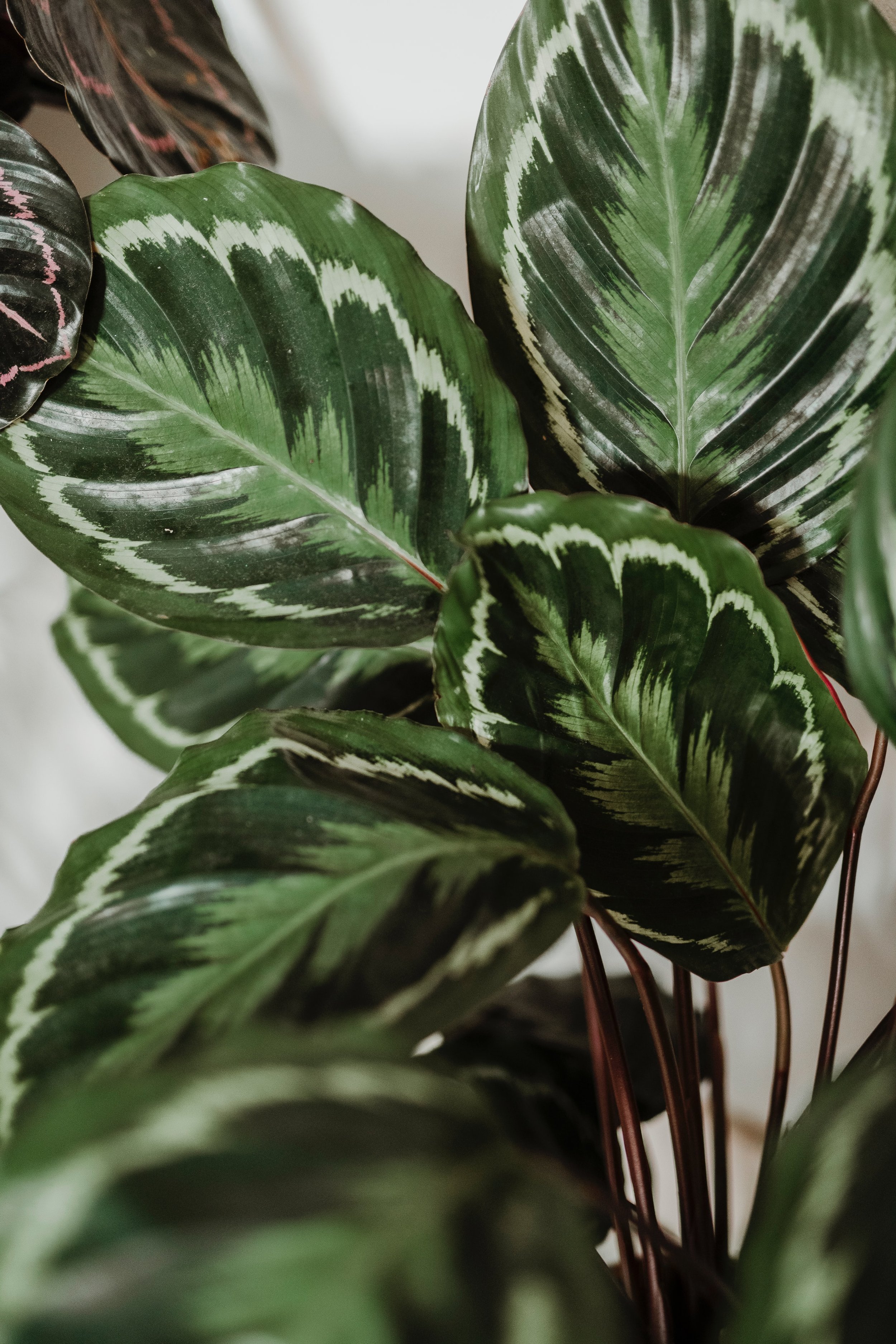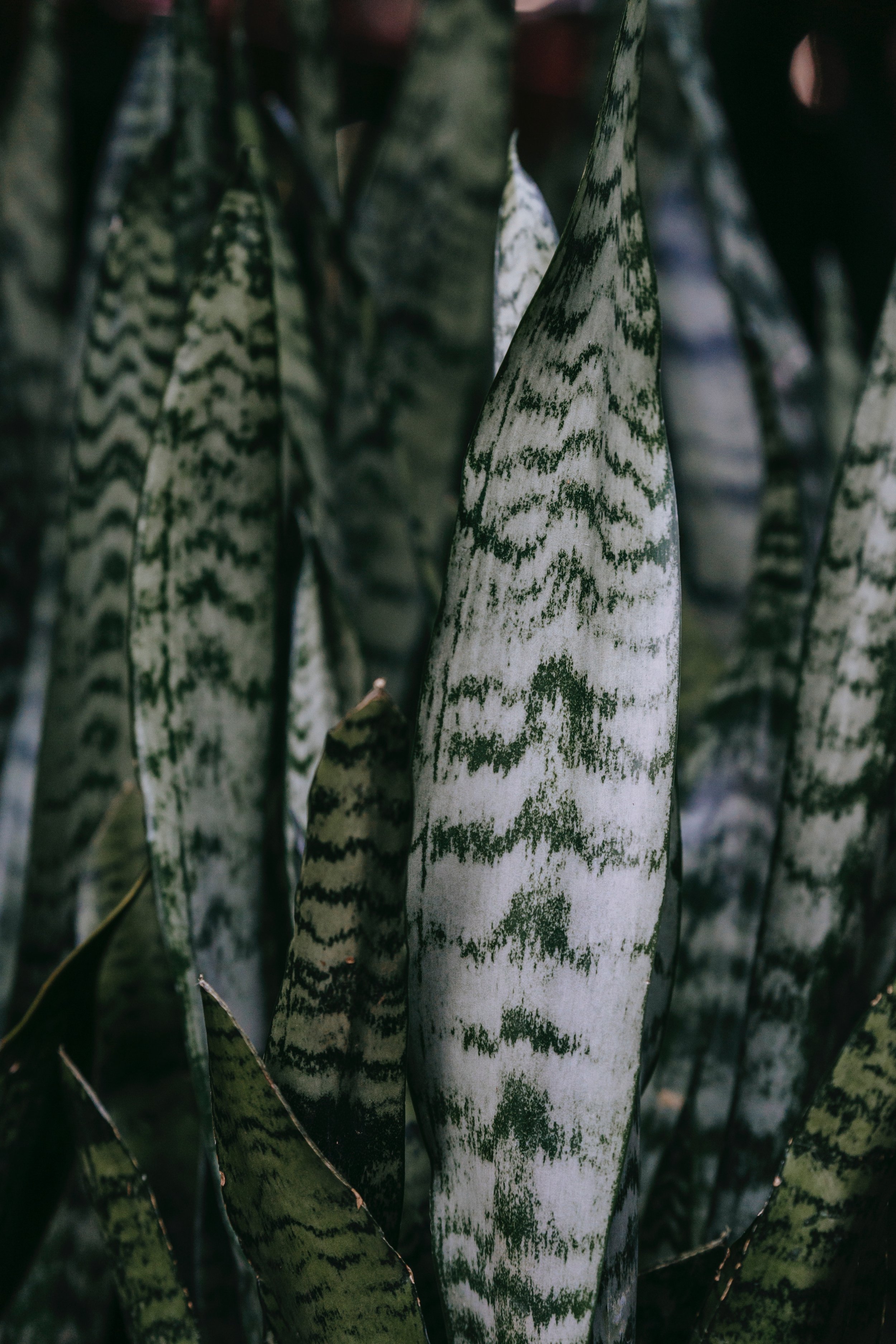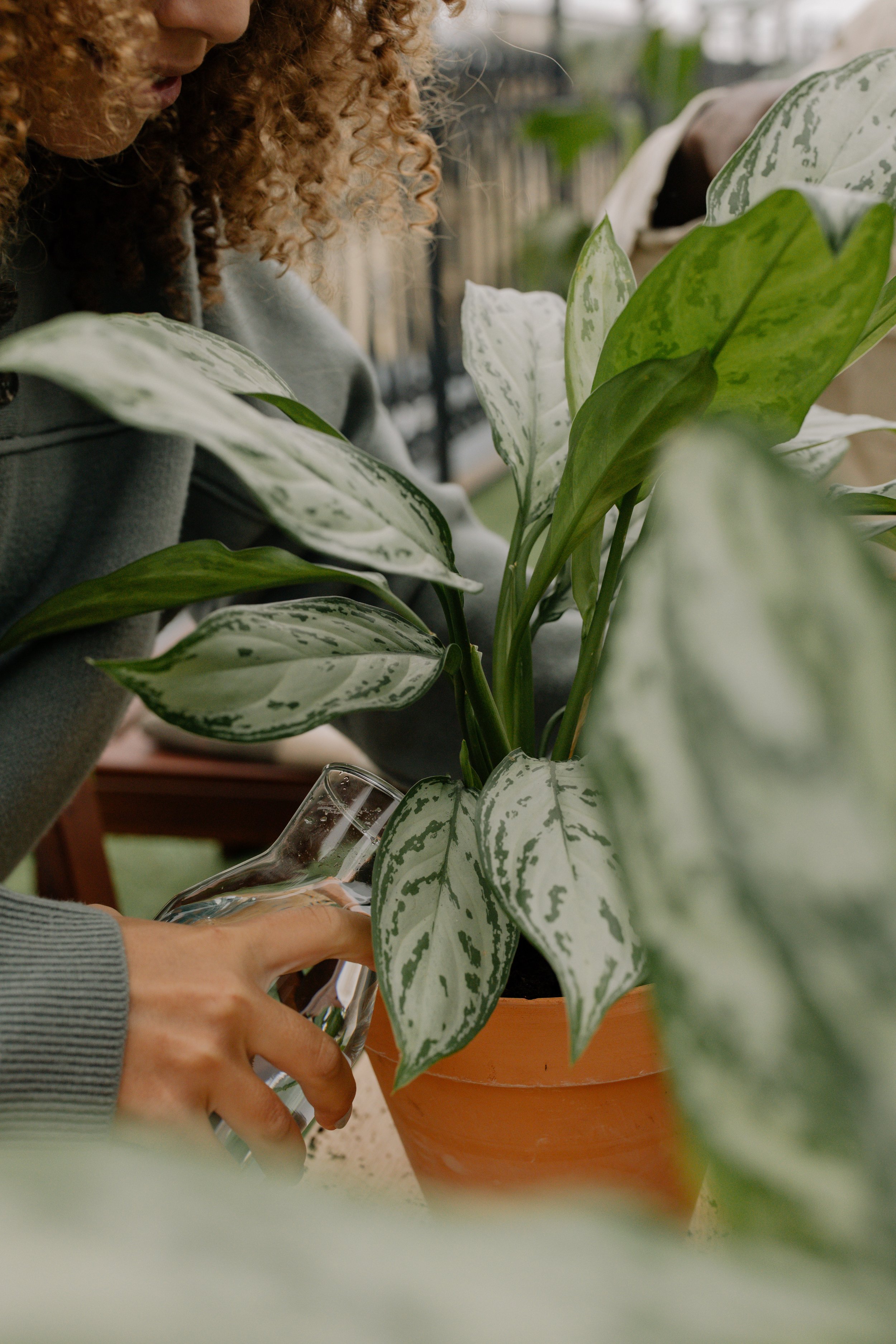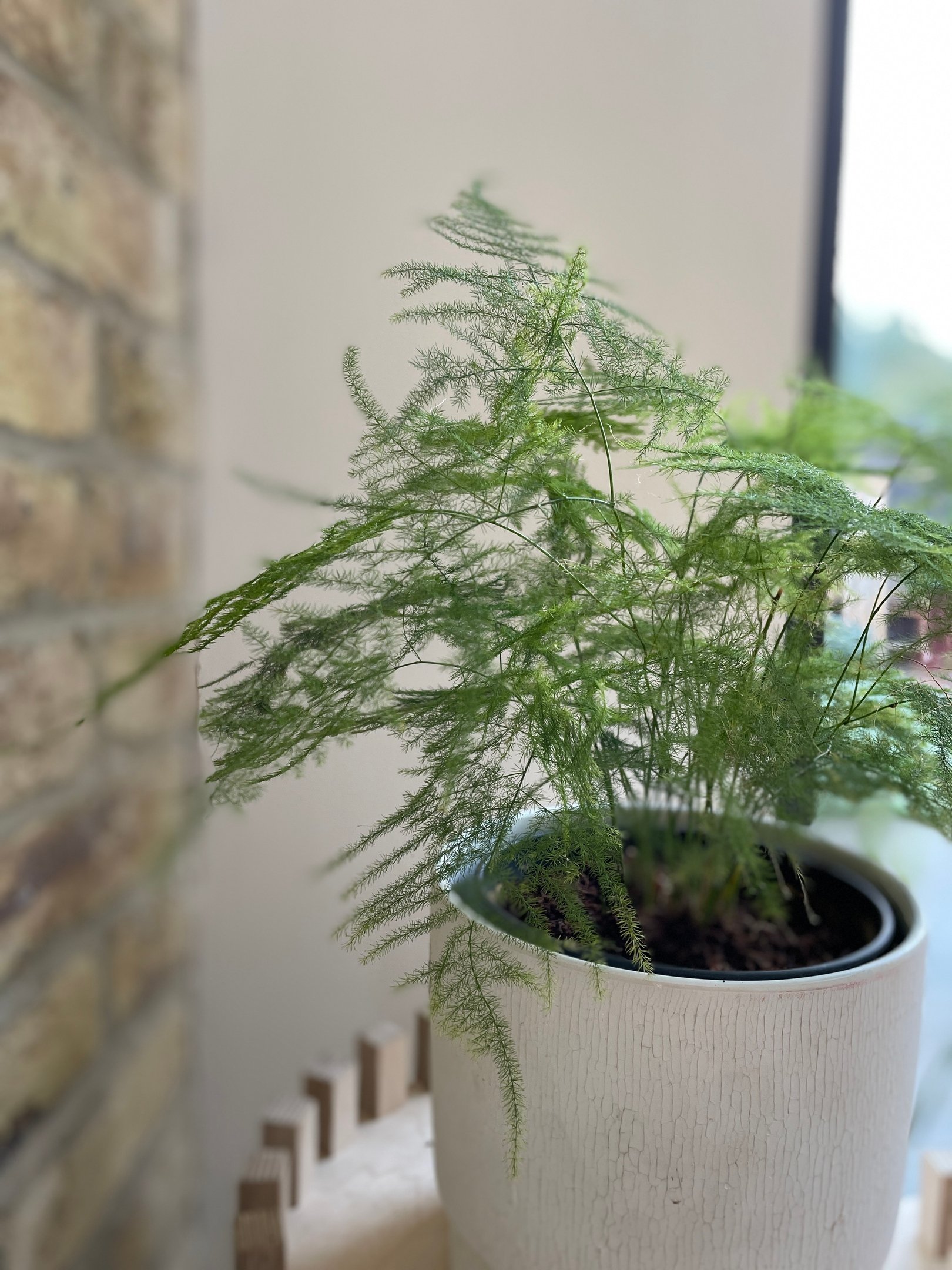When it comes to plant care you can’t beat the satisfying feeling of creating new plants for free. Especially when the method of propagation is as simple as this…division. Here we give some examples of houseplants that can easily be propagated by division and how to do it.
General guidance for dividing plants
It is best to divide plants in spring when the plant is more likely to cope with stress, repair and grow quickly.
Choose plants to divide that are healthy and established.
Dividing is a good way to make more room for the mother plant when it has outgrown its pot.
Be ready with clean and sharp secateurs or a knife in case you need to cut through the roots or rhizomes.
Before dividing remove the whole plant from its pot and it may be helpful to tease away some of the soil to loosen the rootball and get a good look at the root system.
When dividing, make sure the section of plant you remove from the mother plant has root/rhizome, stem and leaf.
Pot the new plant in an appropriately sized pot with drainage holes.
After division keep plants out of direct sunlight and be sure not to over-water.
Houseplants that will propagate easily by division
Calathea
Calathea medallion image by Magali Merzougui via Unsplash
Calathea plants can be propagated by gently pulling apart or cutting the rhizomes (thick horizontal root-like growth) from the mother plant, ensuring that you have rhizome, root system, stem and leaf together to pot on.
Sansevieria (snake plant)
Sansevieria image by Teona Swift via Pexels
Sansevieria or Snake Plants produce pups (baby shoots) near to the mature leaves. The pups can are new leaves grown from a rhizome with root system below. You will want to cut the rhizome away from the mother plant, keeping some of the root system attached to the rhizome. Now you can pot the pup into a new pot using a peat-free, free draining compost mix, water and keep it out of direct light.
Aglaonema (Chinese evergreen)
Aglaonema image by Cottonbro via Pexels
Aglaonema or Chinese Evergreen plants can be divided simply by teasing apart a cluster of new leaves or offsets from the mother plant. It is helpful to gently remove some of the soil first so you can see the roots and the offsets and ensure you are pulling away a cluster of leaves with a good root system. Pot up the new plant into an appropriately sized pot, give it a water and keep it out of direct light.
Asparagus fern
Asparagus fern
Asparagus Fern or as it is less commonly known Asparagus setaceus can be divided by simply teasing apart the root ball to separate sections of plant from the mother plant. It is easiest to do this when the rootball has been loosened by teasing away some of the soil around the roots.
Pilea peperomioides
Pilea peperomioides image by Janine Meucher via Unsplash
Pilea peperomioides are affectionately known as the friendship plant due to their prolific pup-producing nature. Pups are produced at the end of a fibrous root and found a little way from the stem of the mother plant. To divide off the pups, wait until they are a couple of inches high and dig into the soil under the pup to expose the main root. Cut this giving a decent amount of root for the pup, and simply pot on into a suitable pot.
We hope you have found this useful. For more ways to create new plants for free, see our blog entitled Simple propagation techniques.





